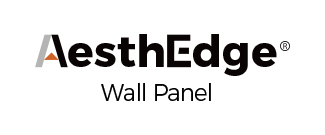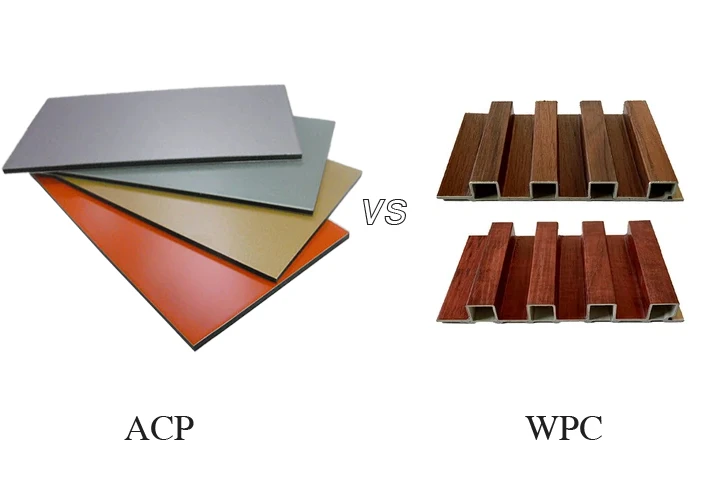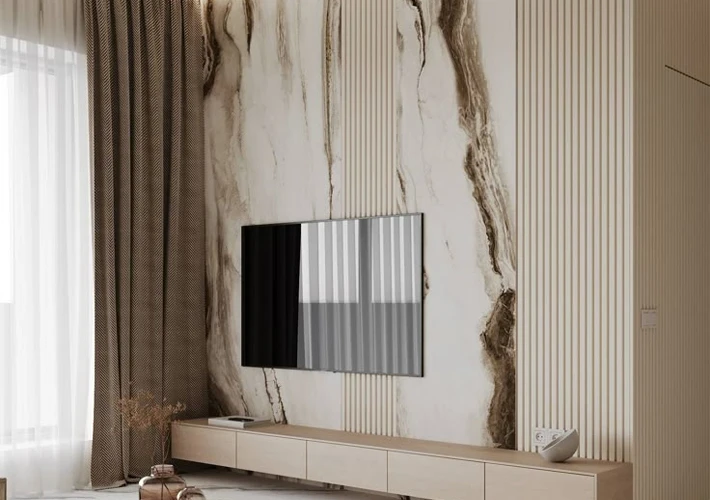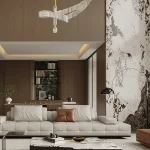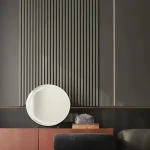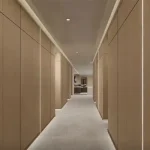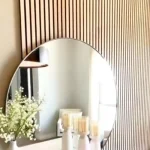مواقعنا
الصور وأدوات التصميم
أفكار التصميم
- How to Choose Materials for 5 Star Hotel Bathroom Design
- Best Hotel Rest Area Design Ideas for Luxury & Comfort
- What Are Some Commonly Used Wall Panels in Hotel Bathroom Design?
- How to Choose Luxury Hotel Furniture for a 5-Star Guest Experience
- Top Trending PVC Wall Panel Designs for 2025
- Hotel FF&E Design Trends 2025 | China Hotel FF&E Manufacturer & Supplier
- What Are the Main Types of Hotel Cabinets?
- How PVC Marble Sheets Enhance Luxury and Durability in Hotel Wall Decoration
الغرف والمساحات
- Wooden, Metal or MDF? Best Materials for Hotel Bedside Tables
- Best Hotel Room Furniture Suppliers for 3–5 Star Hotels
- What Are the Advantages of Acoustic Panels for Office Use?
- Modern Hotel Furniture Trends and FF&E Packages for US Resorts
- What is the Furniture Used in a Hotel?
- Best Acoustic Panels for Studios, Theaters & Conference Rooms
- Best Acoustical Wall Panels for Offices, Homes, and Studios
- Advantages of Connecting with a Hotel’s Whole-House Customization Factory
كيفية التثبيت
- How to Install Bamboo Charcoal Wood Veneer
- هل يجب أن تكون الألواح الصوتية على الجدران أو الأسقف؟
- دليل خطوة بخطوة لتركيب ألواح الرخام المصنوعة من مادة البولي فينيل كلوريد
- طريقة تركيب لوحة الحائط WPC
- كيفية تركيب لوحات الحائط SPC؟
- كيفية تركيب قشرة الخشب الفحم الخيزران؟
- تحسين جودة الصوت باستخدام الألواح الصوتية
- كيفية تركيب قشرة الخشب الفحمي الخيزران؟
الغرف والمساحات
نصائح الخبراء المتميزين
- Bamboo Charcoal Wood Veneer Price Guide & Global Market Trends
- Top WPC Wall Panel Manufacturer and Factory for Global Projects
- Top 10 Best Acoustic Panels for Modern Interior Decoration
- How to Choose the Best Hotel Luxury Sofa for Your Project
- Latest Market Trends of WPC Wall Panels in 2025
- Common Sizes of Acoustic Wood Paneling: A Comprehensive Guide for Global Buyers
- Why Import WPC Wall Panels from China? Advantages and Trends
- Tips for Selecting Studio Acoustic Panels
تعلم الأساسيات
- What is the Price of 8×4 PVC Marble Sheet?
- What Are the Raw Materials for WPC Wall Panels?
- Why Are Acoustic Wood Panels So Popular in Canada?
- What Are the Standard Dimensions of SPC Waterproof Wall Panels?
- Why PVC Marble Sheets Are the Best Alternative to Real Marble
- What Are the Benefits of WPC Wall Panels?
- What Are the Standard Sizes of Acoustic Wood Panels?
- Which are Some Reliable WPC Wall Panel Suppliers in China?
المجموعات الشعبية
إلهام
المجموعات الشعبية
إلهام
المجموعات الشعبية
إلهام
المجموعات الشعبية
إلهام
التثبيت والنصائح
المجموعات الشعبية
إلهام
التثبيت والنصائح
استكشفنا
التثبيت والنصائح
